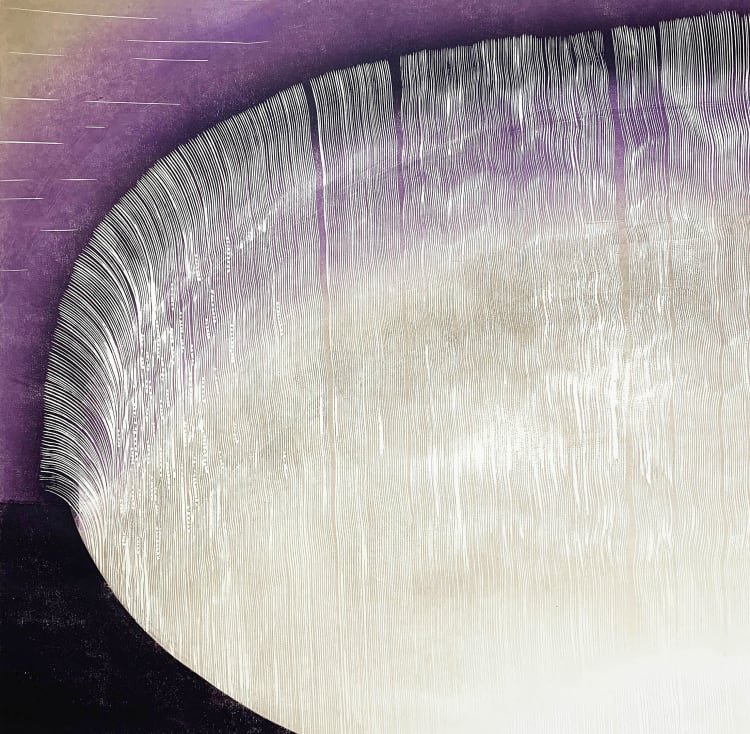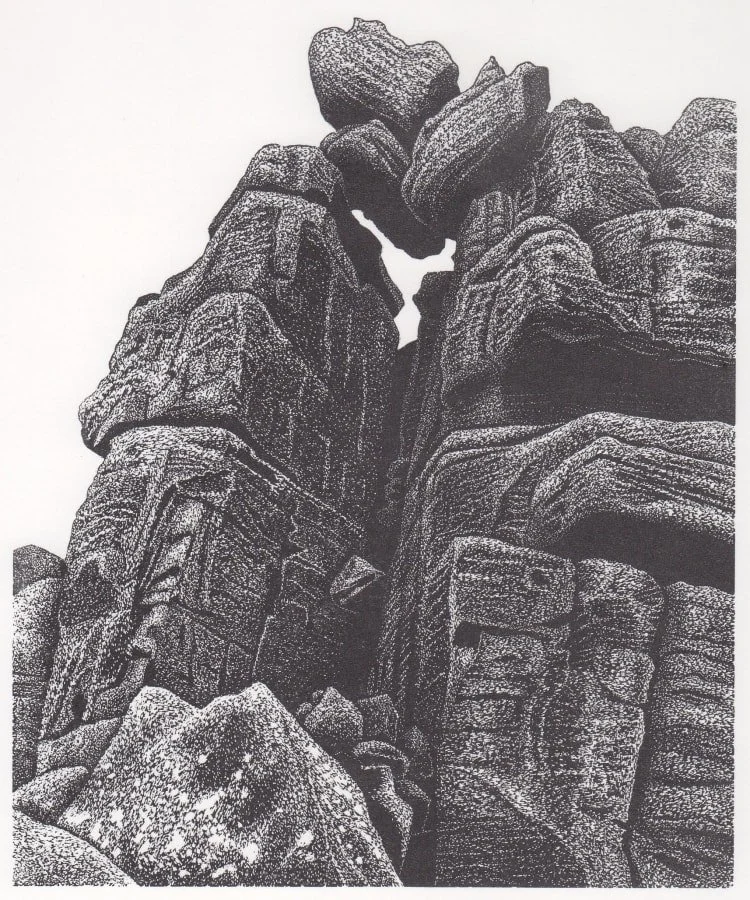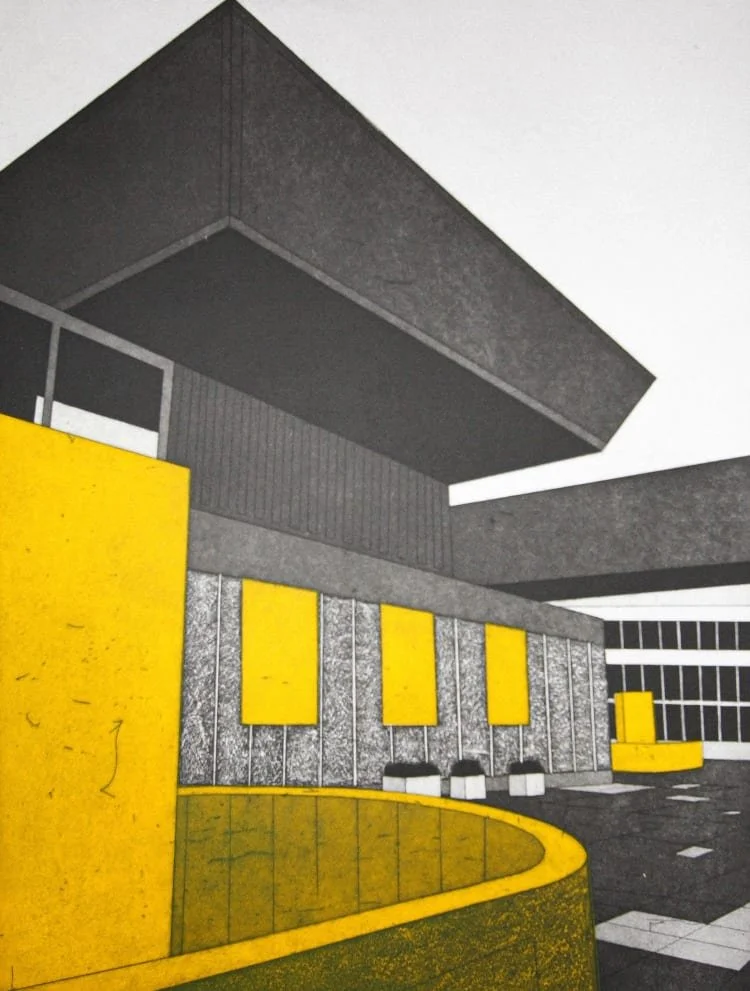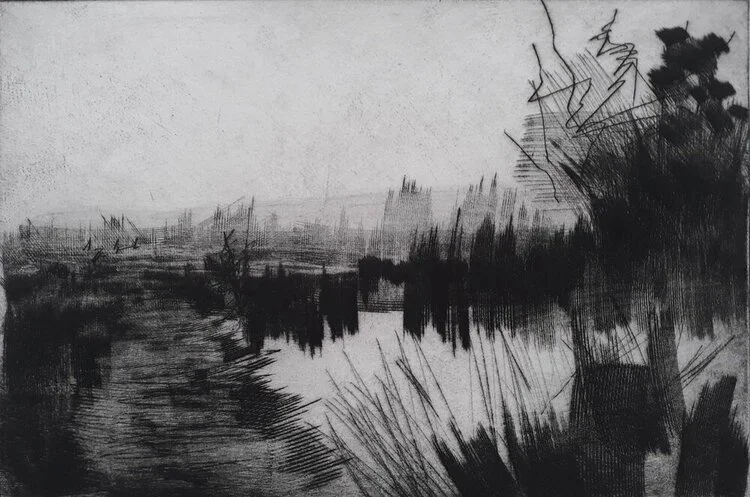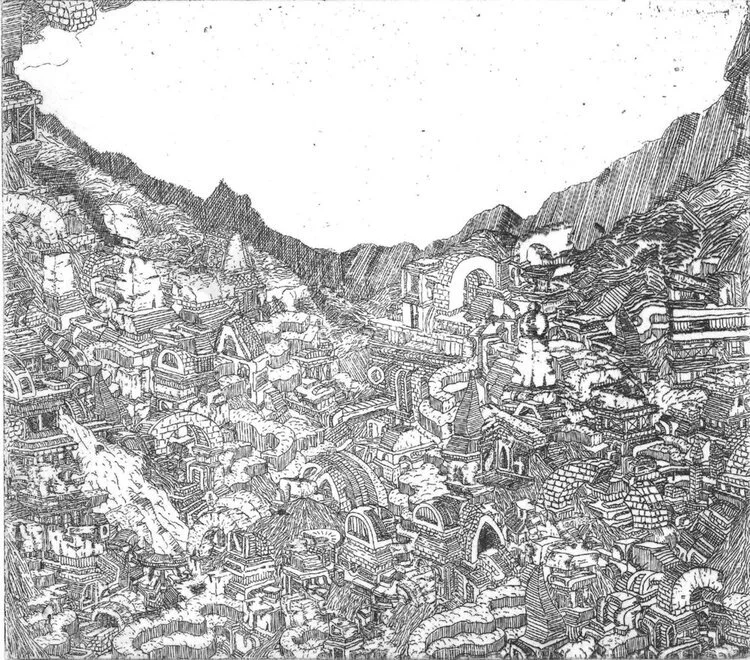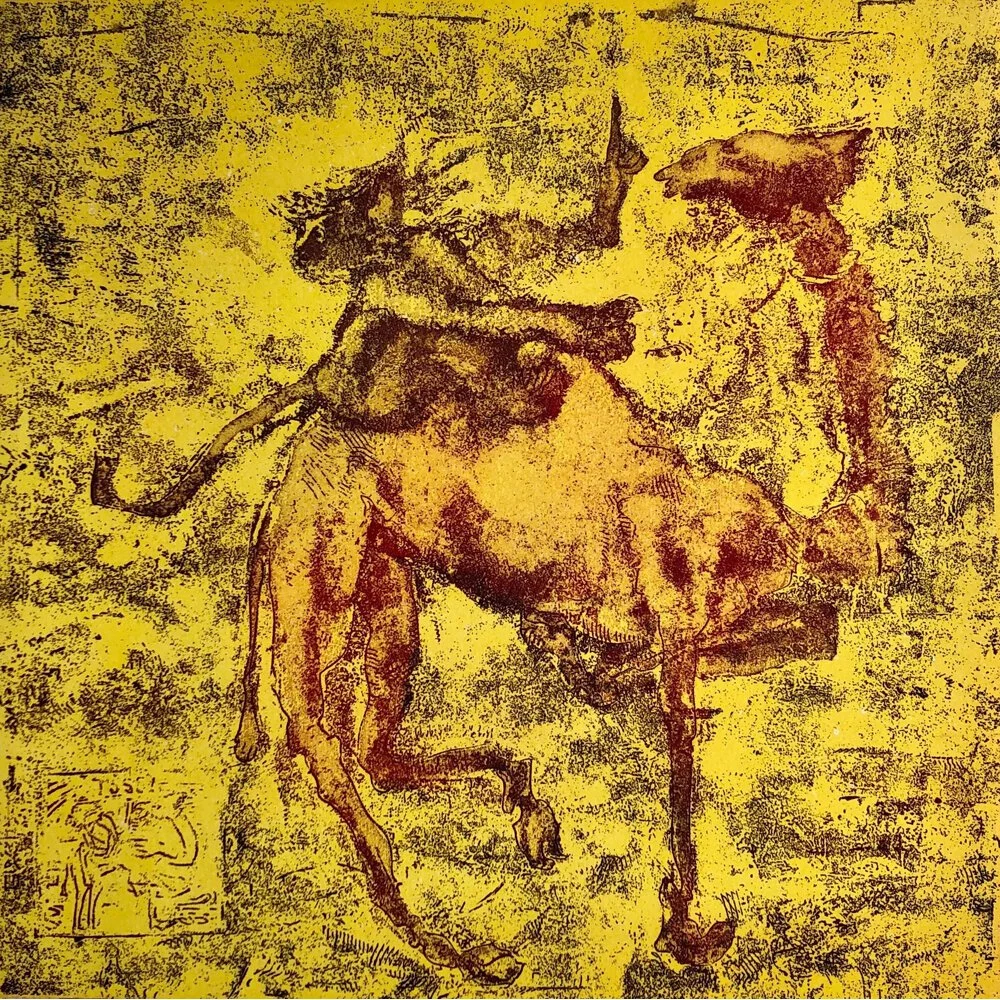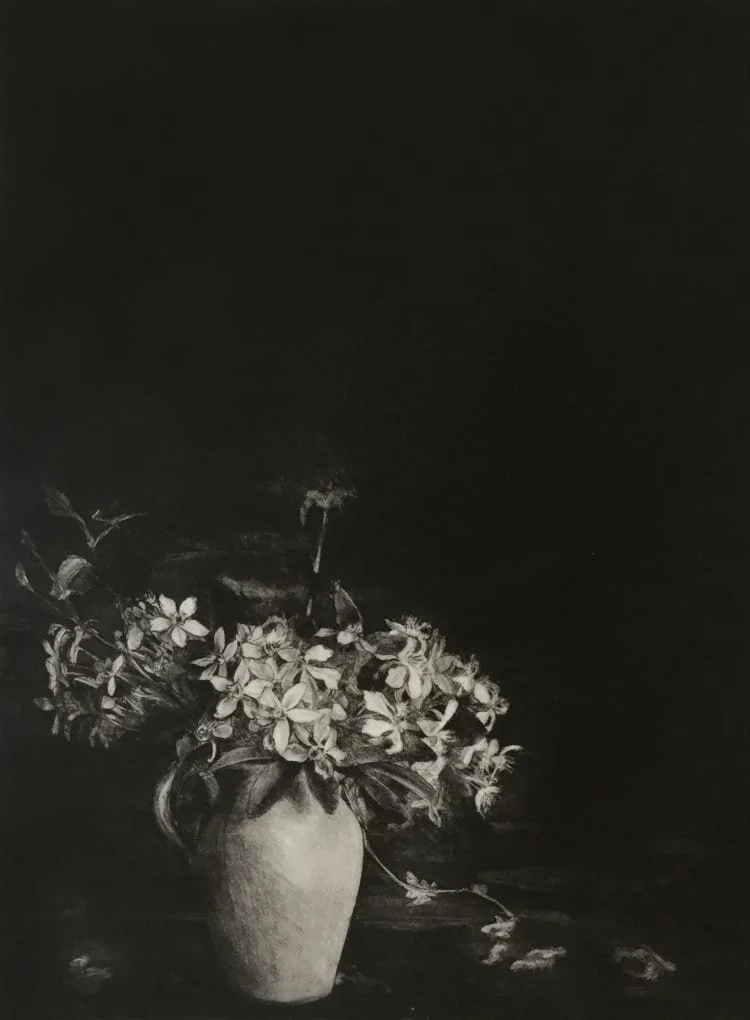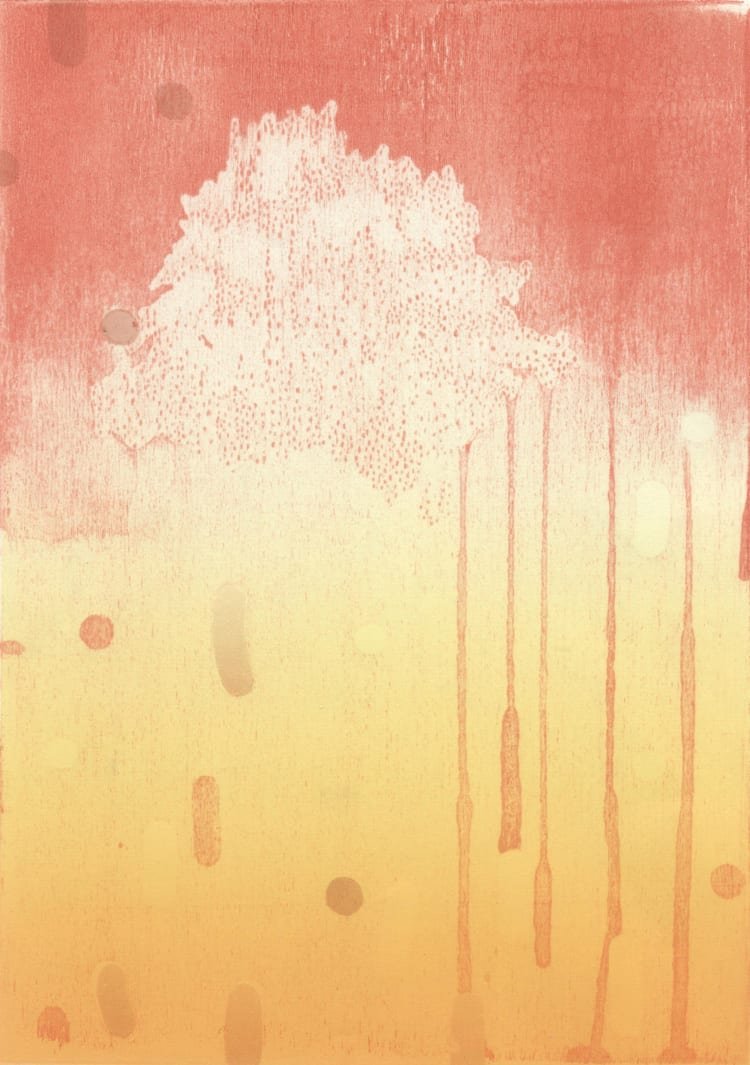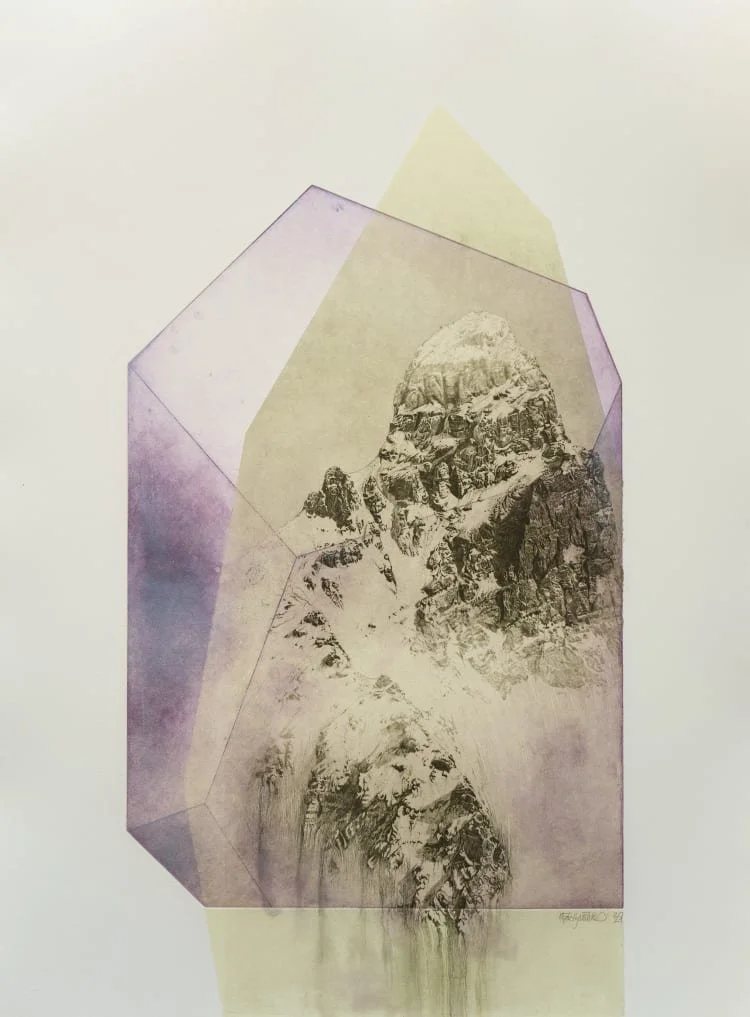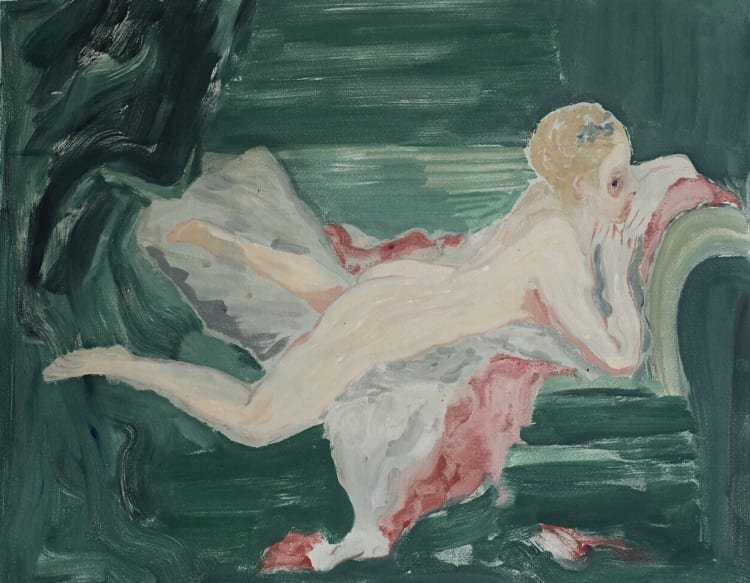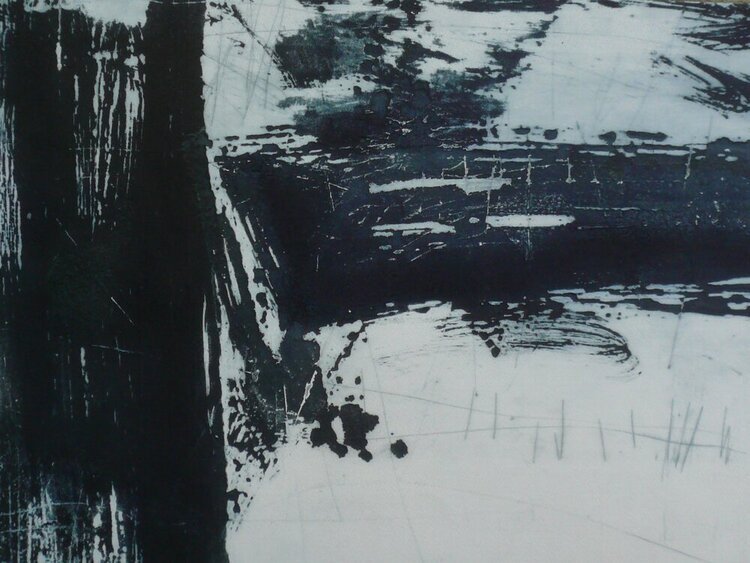
ABOUT PRINT
WHAT IS AN ORIGINAL PRINT?
'Printmaking' is a broad term that encapsulates a number of Fine Art techniques and processes, from etchings and monotype to digital and screen printing, in which the artist makes images from a master or 'matrix'. Although multiple editions are created, each individual one is indeed an ‘original’ print as it has received the artist's individual attention. All WCPF prints are limited edition, meaning that the artist produces a finite number.
Prints are classified according to the type of surface used to make them. These are divided into four groups: Intaglio; Relief; Stencil; and Lithograph. Each procedure is complex, frequently used in combination with another, and is in constant state of revision and refinement. Some artists have even developed their very own printmaking technique, involving all or none of these categories.
WHY BUY PRINTS?
Printmaking is a great introduction to collecting fine art. The nature of editioning (that is the creation of more than one ‘impression’) makes it a far more affordable art form, than oil or watercolour for example. Moreover, the more accessible prices mean you have the flexibility to experiment with your tastes and confidence as you curate your personal home gallery wall.
WCPF is the only fair to facilitate a unique hybrid model of 50% specialist galleries, bringing with them some of the world’s most notable contemporary printmakers, and 50% independent emerging artists. This means that collectors have the opportunity to not only add famous names to their collection at a fraction of the cost, but also discover the next big thing from the open-call curated section which offers an excellent investment opportunity.
RELIEF PRINTING
Relief printing is where the areas around the image to be printed are cut away, leaving the image on the block in relief. The raised areas are then inked and transferred onto a second surface, usually paper. Think of potato printing as a child – this is a very basic style of relief printing.
INTAGLIO PRINTMAKING
Intaglio printing uses various methods of 'cutting' and image onto the surface of a metal plate. Once the plate is inked, the incised lines hold the ink whilst the rest of the plate is wiped clean. The plate, in contact with damp paper, is passed through a roller press under pressure. The paper is forced into the sunken areas to receive the ink.The inked lines on the finished surface are often slightly raised and there is generally a visible line around the image where the plate has been pressed into the paper, called the platemark. The presence of a platemark is a good way of telling an intaglio print from a relief or planographic print. Engraving, etching, drypoint, carborundum, aquatint and mezzotint are the most common types of intaglio printmaking. Many printmakers combine different intaglio techniques when they work on their plates and for this reason it is not unusual to see a contemporary print described simply as intaglio.
PLANOGRAPHIC PRINTING
In addition to the traditional relief and intaglio processes, which involve cutting into a block or plate, there are other methods of printmaking which do not, known as planographic processes. Traditionally the term planographic relates primarily to lithography but in recent years its usage has grown to encompass screenprint, and the various photomechanical and digital processes.


